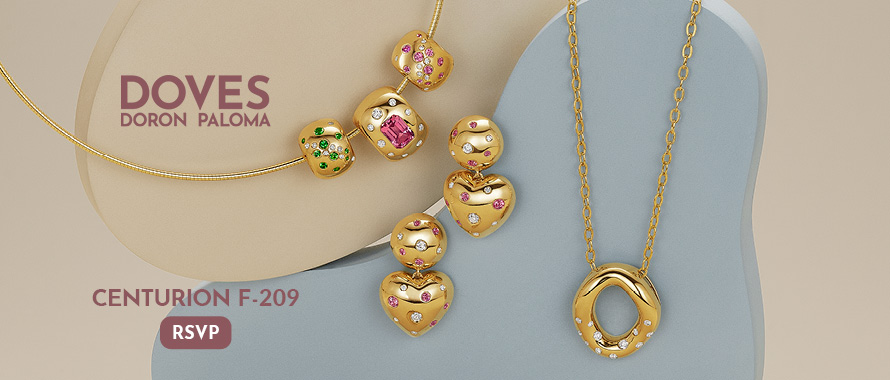Sales Strategy
Maintaining Your Sales Momentum: What Could Derail The ‘Roaring 20’s?” | May 19, 2021 (0 comments)

Encinitas, CA—The COVID-19 pandemic pushed health and wealth concerns to an all-time high around the world. This article applies strictly to those in the United States, as the pandemic is far from over worldwide. Most jewelry retailers find themselves in a better business position than ever, but we should consider several factors in planning out the remainder of 2021 to keep your sales momentum going.
To recap, several components directly contributed to the survival and success of retail during 2020. Consumers, while homebound, not traveling or dining out amidst the pandemic concerns found themselves with increased discretionary income; then came the stimulus checks. For businesses, the PPP’s and EIDL provided opportunities to pay off and restructure debt with deferment and low interest rate payments.
Our industry fared particularly well as consumers had time to reflect on the importance of relationships and celebrate them with the perfect gift, which we all know to be jewelry. As sales continued to climb, trade shows were cancelled, buying slowed and inventory levels came down. Retailers balance sheets look better than ever.
It would seem the pandemic is coming to an end in the U.S., or we can certainly hope that to be true. However, as we return to a state of “normal” what will that look like for our industry? The two largest consumer drivers to our increased business are rebounding with restaurants seeing high traffic and travelers booking trips up to two years out. The pent-up demand for these indulgences is tremendous and will certainly impact jewelry sales. We are soon to reengage in the fight for discretionary income, but the way we handle competition may look different from before and here is why.
Economists agree we are headed for inflation, which is healthy as long as prices are increasing only by 2% per year. However, in March 2021 prices increased by .6% over February and April 2021 increased .8% over March (according to The Balance.com website), for a combined 1.4% increase. According to the Wall Street Journal on 5/16/21, “investors were shocked by the jump in inflation reported last week. The core inflation that economists tend to focus on, which strips out volatile food and energy prices, rose 0.9% month-on-month in April, an annualized rate above 11%.” But economists also have said that it remains to be seen is whether this is an aberration or the start of a pattern.

Dan and Lori Askew
When prices go up (inflation) it undoubtedly has a direct impact on discretionary purchases. When consumers have to spend more on food, gas, and utilities, less is available for luxury items like jewelry. This is particularly true if wages do not increase as quickly as the inflation rate. Currently we are seeing wage growth of 4.4% in March according to Bureau of Labor and Statistics.
Supply chain interruptions from the pandemic have created “re-shoring” or “near-shoring”, moving manufacturing back to the U.S. from overseas where wages and manufacturing costs are lower. This move directly impacts the cost of inventory which will then be passed along through the retailer to the consumer. This perpetuates the cycle, driving prices up. To the contrary, if “re-shoring” is not an option to manufacturers, demand could likely outpace supply, also driving up costs to the retailer and ultimately the consumer. Again, taking an even bigger bite out of that discretionary income.
Another factor that could impact cost of goods is the potential increase in precious metals prices. This increase could be initiated by investors looking to hedge against inflation by buying gold and silver, thus causing jewelry prices to increase accordingly.
Each of these scenarios is likely to happen before the end of the year. What is a jeweler to do?
We recommend a serious look at your plan at least through the end of the year. But which plan? All of them! Merchandising (fluctuating prices and product availability), cash flow plan (increased wages), sales plan (slowing as competition of dining and travel reenter) and marketing (how will you keep jewelry as an important purchase amid these obstacles?). Then, consider who your suppliers are and how they do their business, where, and with whom. What could be the upstream impact on them before sending product downstream to you?
Looking forward one year, it is not hard to see the potential of lower sales and higher prices generally resulting in shorter margins as competition becomes more difficult. There are a number of ways to navigate, but navigate you must. More than ever, you need an actionable and flexible plan, so you are not derailed by what is to come.
Dan and Lori Askew of Vantage Group strategically examine each area of business and address concerns efficiently to make the greatest impact on cash flow, merchandise planning, inventory control, advertising, and store management. www.VantageGroupinfo.com






